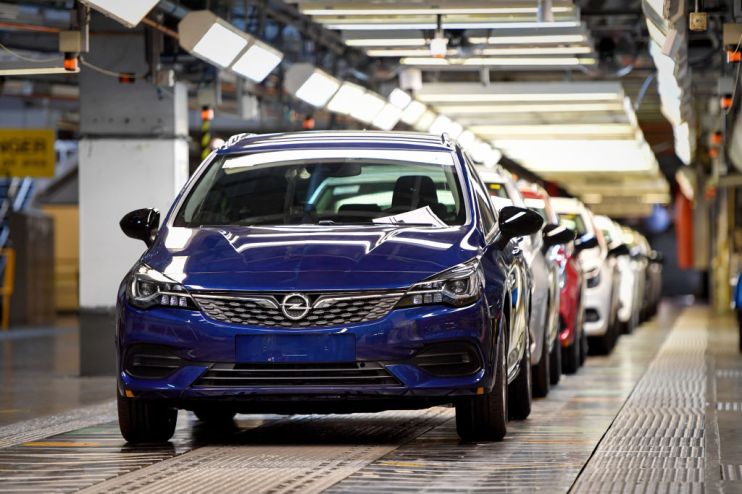Stellantis: Vauxhall and Peugeot owner’s sales jump despite £2.6bn strikes hit

Stellantis revenues rose seven per cent in the third quarter despite a major multi-billion pound hit from strike action in the US.
The revenue rise was as a result of growing production in almost every region bar Asia and more than a third jump in global battery electric vehicle (BEV) sales.
Stellantis, which owns brands including Vauxhall and Peugeot, said that the autoworkers six-week strike in North America had cost it approximately €3bn.
The Netherlands-headquartered carmaker reached a “tentative” agreement last week with the United Auto Workers Union (UAW), ending over a month of industrial action by 14,000 workers at its plants in Ohio and Michigan.
“Today, we are focused on maintaining our momentum by delivering industry-leading profitability and cash flows, addressing critical near-term industry challenges, and continuing our electrification and technology transformation. ” Natalie Knight, Stellantis CFO, said.
Stellantis has been revving up its electrification strategy over the last year, as it looks to compete with a flood of Chinese manufacturers entering Europe.
The company recently signed a €1.5bn (£1.31bn) agreement last week with the Huangzhou-based startup Leapmoter, acquiring 20 per cent of the company in a bid to crack the market.
The world’s third largest automaker revealed today that BEV sales had jumped 37 per cent over the last quarter, led by sales of its Citroën ë-Berlingo and Jeep Avenger.
It has been leading calls for the UK government to take action against incoming tariffs on EV exports, which it says could result in the closure of its factory in Ellesmere, Shropshire.
North America continued to lead the company’s overall revenue growth, adding €21.5bn over the quarter, up two per cent.
In Europe, revenue and sale rose five per cent and 11 per cent respectively, sealing its position as the next best performing region.
Shipments rose 11 per cent in the quarter to up to 1.4m vehicles, Stellantis said, with Europe, the Middle East, North America and South America all seeing year-on-year jumps.